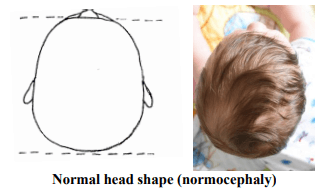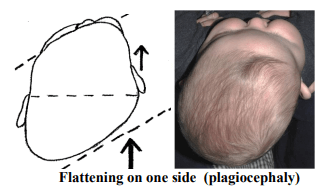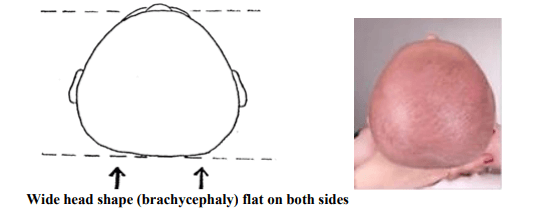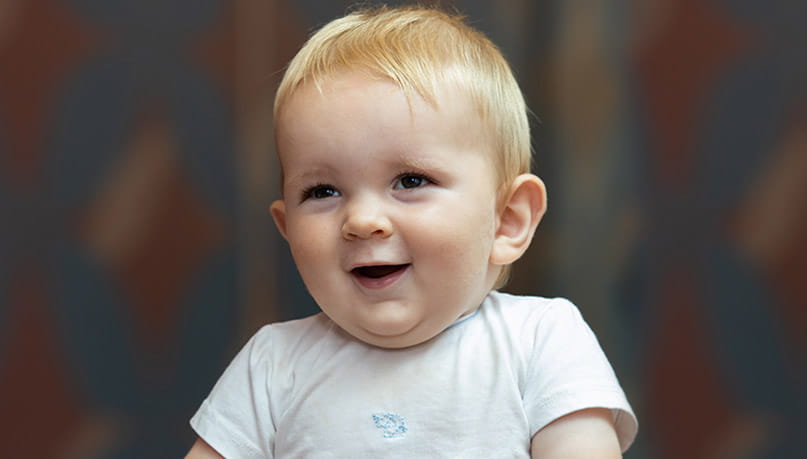Treatment for Deformational Plagiocephaly or Brachycephaly
Infants with deformational plagiocephaly or brachycephaly usually lay or sleep in the “position of comfort." The first and most important treatment is to reposition the baby to remove pressure from the flat area of the head. Repositioning the baby removes the pressure off of the flat side of the head. It is also helpful to reposition to apply gentle pressure to the opposite side of the head. Removing the pressure from the flat side of the head allows the skull to try to improve on its own.
Aggressive Repositioning Techniques – Back to Sleep, Tummy to Play
Provide supervised “Tummy Time" when the baby is awake. Tummy Time is one of the most important ways to care for your baby and make your baby strong. Tummy time should be offered many times per day; even 1-2 minutes at a time will begin to make a difference. Tummy time should begin immediately after birth and increase in frequency and time as the baby gets older. An easy way to increase tummy time is to provide a few minutes of tummy time every time you change your baby's diaper. This will help your baby become strong enough to roll, sit and crawl. By 4 months of age, a baby should receive a total of 80 minutes of tummy time per day. Tummy time can be achieved in many ways.

Aggressive Repositioning Techniques with more Tummy Time

Roll a small receiving blanket into the shape of a long skinny log and place it under the flat side of the head, shoulder, and hip to reposition the baby to the non-flat side of the head when in reclined chairs (swing, bouncy seat, rockers).
Additional repositioning techniques
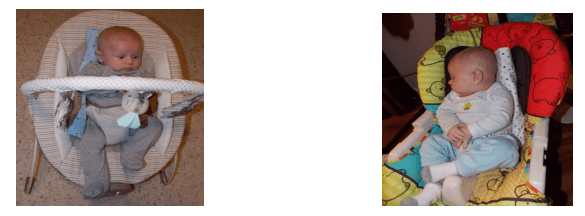
Age-appropriate upright chairs such as Bumbo®, or Fisher Price Sit Me Up® starting at 3-4 months of age. Front carriers are an excellent option. Strollers should be used as age permits.

Feeding
Changing the way you bottle or breast feed your baby can also help eliminate pressure from the flat side of the head. It can be awkward at first, but with practice will become more comfortable. Support the baby's head and neck in your hand rather than against your arm or a pillow.
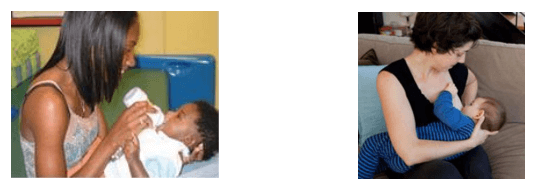
Change the position of the baby in the crib. During play, change the position of the toys so the baby will be interested in looking in the direction of the non-flat side of the head. For example, if your baby has a flat spot on the right, place toys, etc. on the left side.
Limit your child's time in the car seat to car travel only. When your baby is in the car seat, first buckle the baby safely in the car seat. Then roll the receiving blanket into a log shape and place it outside the straps next to the flat side of his head, shoulder, and hip so it helps him to look in the opposite direction of the flat spot. Never place the roll inside the straps of the car seat. Once car travel is complete, use a front carrier or carry the baby. Use an upright stroller if baby is older than 5-6 months of age. A good reference for safe, correct car seat repositioning is on the American Academy of Pediatrics website.
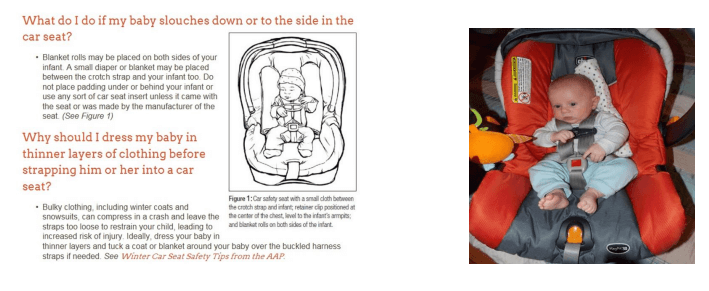
Cranial Remolding Helmet Therapy
For mild cases of deformational plagiocephaly or brachycephaly, the only recommended treatment is positioning the baby so that he will not lie on the flattened area of the head. For moderate to severe cases, cranial remolding helmet therapy is recommended at the appropriate age. A custom-made helmet is then worn 23 hours a day for approximately 3-6 months. The helmet works by applying gentle firmness to the protruding areas of the head and plenty of open space where there is flattening. This allows room for improvement by capturing growth spurts to fill in the flattened side of the head as the baby grows.
Helmet therapy is most effective if started by 6 months of age but should not begin before a minimum 4 months of age for safety reasons. Younger babies do not have strong enough head and neck control to support the weight of the helmet.
Repositioning, physical therapy, and helmeting (if necessary) may continue for approximately the first year of the baby's life. The head grows rapidly during this period, and these measures will provide the best chance for correction of deformational plagiocephaly and brachycephaly.










